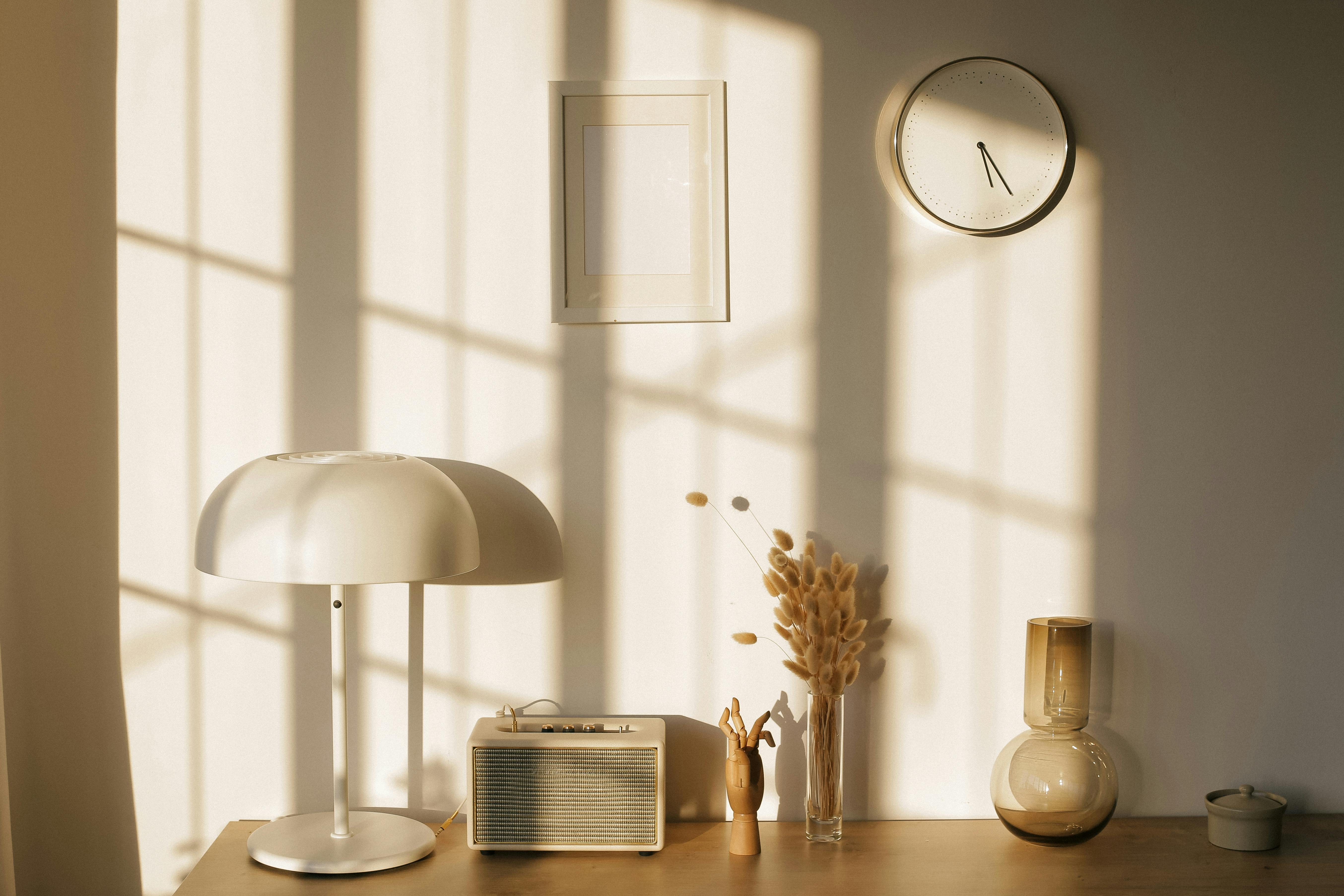The Snake Plant, also known as Sansevieria, is a popular houseplant due to its hardy nature and low maintenance requirements. One of the most common questions about the Snake Plant is how much light does it need? The good news is that Snake Plants are tolerant of most light conditions, but they do need some light to thrive. In this article, we will explore how much light your Snake Plant needs and how you can provide the best lighting for your plant.Snakes plants require bright, indirect light. They should be placed in an area that receives a few hours of direct sunlight each day, but they should also be kept away from very bright, direct sunlight as it can damage their leaves.
The Benefits of Providing Adequate Light for a Snake Plant
Snake plants are hardy and can survive in a variety of conditions, but to ensure they thrive, there are some basic requirements. One of the most important of these is providing adequate light. The benefits of providing adequate light for a snake plant include: increased growth, improved health, and better flowering.
When provided with enough light, snake plants will grow more quickly and will become larger than those kept in low-light environments. This can be especially beneficial if you’re looking to fill in gaps in your landscape or just want an impressive specimen in your home. In addition to increased growth, providing adequate light will also result in healthier plants that are less likely to suffer from disease and pests.
Snake plants also produce small white flowers that can be quite showy when the plant is in optimal condition. When provided with enough light, the flowers will develop more fully and last longer on the plant. This can add an extra layer of beauty to your home or garden that would not otherwise be achievable without proper lighting.
Overall, providing adequate light for your snake plant is essential for its health and vitality. Not only will it encourage faster growth and healthier plants, but it will also lead to beautiful flowering that can add an extra layer of beauty to your home or garden.
How Much Sunlight Does a Snake Plant Need?
Snake plants, or Sansevieria species, are popular houseplants due to their resilience and striking foliage. These plants require little maintenance and can thrive in a range of light conditions. When it comes to sunlight, snake plants don’t require much intense light but can benefit from some bright, indirect light throughout the day.
Snake plants can tolerate low-light conditions but will not reach their full potential in these environments. If you want your snake plant to grow lush and tall with strong foliage color, then it will need access to some bright indirect sunlight for at least four hours a day. This could come from an east or west-facing window or even through sheer curtains where the sun shines through.
If your snake plant is placed in direct sunlight, it is likely to burn the leaves which will cause discoloration and damage. If you notice any leaf discoloration, move your snake plant away from direct sunlight and give it only indirect light instead.
Although snake plants don’t require intense amounts of light to survive, they do need adequate lighting to remain healthy and vibrant. With some indirect light throughout the day, you should be able to keep your snake plant looking its best.
Can a Snake Plant Survive in Low Light Conditions?
Yes, snake plants can survive in low light conditions. Snake plants, also known as Sansevieria trifasciata, can tolerate low light levels and still remain healthy and vibrant. They are able to do so because they are succulents, which means they are able to store water in their leaves for long periods of time. This allows them to survive even when light levels are very low.
Snake plants require little maintenance and can tolerate a wide range of temperatures. They prefer indirect sunlight but will also withstand full sun exposure for short periods of time. It is important to note that snake plants should not be placed in direct sunlight for extended periods of time as this can cause the leaves to turn yellow or brown.
In addition to low light conditions, snake plants are also quite tolerant of neglectful watering schedules. They prefer soil that is slightly moist but will also survive if kept dry for extended periods of time. It is important to note that while these plants can survive in such conditions, it is not recommended as it can cause the plant’s growth rate to slow down significantly.
Overall, a snake plant can easily thrive in low light conditions due to its ability to store water and its high level of tolerance for neglectful watering schedules. These hardy plants make great houseplants and require little maintenance or upkeep once established.
How to Tell if Your Snake Plant Needs More Light
Snake plants are known for being hardy and easy to care for, but they still need proper lighting to stay healthy. The amount of light your snake plant needs will depend on the type of plant you have and the area you live in. To determine if your snake plant needs more light, there are a few signs you should look for.
If your snake plant is not getting enough light, the leaves may start to yellow and become soft or limp. The leaves may also become darker in color or start to pale in comparison to other plants in the same area. These signs are usually accompanied by slower growth rates and fewer flowers or buds.
Another way to tell if your snake plant needs more light is by checking how long its leaves are. If they are shorter than normal or appear to be drooping, it’s likely a sign that it’s not getting enough light. Snake plants should have bright green, long leaves that stand upright and grow up towards the sun.
Finally, if you notice that your snake plant is not thriving or growing as it should be, it could be due to lack of light. If you suspect this is the case, try moving it closer to a window with more direct sunlight or invest in some artificial lighting such as LED grow lights.
No matter what kind of snake plant you have, it’s important to monitor its health and ensure it’s getting the right amount of light for optimal growth. With proper care and attention, your snake plant will thrive and bring life into any interior space!

Signs of Too Much Light for a Snake Plant
It is important to provide the right amount of light for your snake plant. Too much light can cause the leaves to turn yellow and become brittle. Over time, this can lead to damage and even death of the plant. Here are some signs that your snake plant is getting too much light:
1. The leaves are turning yellow or brown.
2. The edges of the leaves are curling up or drying out.
3. The leaves are starting to get brittle or break off easily.
4. New growth is stunted or not appearing at all.
These are all signs that your snake plant is getting too much light and needs to be moved to an area with less direct sunlight or shade may be needed in order to protect the plant from any further damage.
Best Practices for Installing a Snake Plant in Low Light Environments
Snake plants are hardy, low-maintenance plants that thrive in low light conditions. They require minimal care and can be grown indoors or outdoors. When installing a snake plant in a low light environment, it is important to follow some best practices to ensure the plant’s success. Here are some tips to help you get started:
First, make sure the location you choose is not too dark or too brightly lit. Snake plants prefer indirect light and will suffer if exposed to direct sunlight for too long or if it’s too dark. If you plan to place the plant near a window, use window coverings like curtains or blinds to block out direct sunlight and keep the area shaded.
Next, make sure the soil is well-draining and contains plenty of organic matter such as compost or peat moss. Snake plants prefer soil that is slightly on the dry side so avoid overwatering. Water only when the top 2 inches of soil are dry and water until it drains from the bottom of the pot.
It’s also important to provide adequate ventilation for your snake plant in order for it to thrive. Make sure there is good airflow around the plant and that there isn’t an excessive amount of humidity in the air. If possible, place a fan nearby to help circulate air around your snake plant and keep it healthy.
Finally, make sure you fertilize your snake plant regularly with an all-purpose fertilizer at half strength every month during its growing season (spring and summer). This will ensure your snake plant gets all of the nutrients it needs to stay healthy and grow strong.
Following these simple steps will help ensure your snake plant thrives in its new low light environment!
Is Artificial Lighting Sufficient for a Snake Plant?
Snake plants are known for their hardiness and ability to thrive in a variety of lighting conditions. While they can tolerate low light environments, they generally do better with bright, indirect light. Artificial lighting, such as fluorescent bulbs and LED lights, can be used to supplement natural sunlight and provide your snake plant with the light it needs to remain healthy.
A day or two of direct sunlight is beneficial for most snake plants, but too much sun can cause the leaves to burn or discolor. If your plant is in a room with lots of natural light, you may want to use artificial lighting to make sure it doesn’t get too much sun exposure. Artificial lighting can also be used when there isn’t enough natural light available or when you want to extend the amount of time your plant gets lit each day.
When using artificial lighting for your snake plant, it’s important to choose the right type of bulb and make sure the distance between the bulb and the plant is adequate. Fluorescent bulbs are usually recommended because they provide good coverage without being too intense. Make sure you place the bulb about 10-14 inches away from the plant so it’s not too close and causing damage. LED lights are also an option but they should be placed further away (about 18-24 inches) because they emit more intense light than fluorescents.
Overall, artificial lighting can be used as an effective way to supplement natural sunlight for snake plants that don’t get enough direct sunlight or need a bit more brightness during certain times of year. As long as you choose an appropriate type of bulb and keep it at a safe distance from the plant, you should have no problem providing your snake plant with enough light while avoiding any potential damage from overexposure.

Conclusion
The Snake Plant is an incredibly hardy and versatile houseplant that can thrive in a variety of light conditions. It can tolerate low light, but for best growth and health it requires indirect bright light or filtered direct sunlight for at least some of the day. Growers should ensure that the plant is placed away from any direct sunlight to prevent it from becoming scorched. Additionally, as with any houseplant, proper watering and fertilization regime should be followed in order to maintain its health.
The Snake Plant is an ideal choice for any home or office environment, as it requires minimal care and will bring a touch of nature to any space. With its unique foliage and air-purifying capabilities, this plant is sure to be a conversation starter wherever it is placed!

